Red Bell Pepper - what attracts the South American variety?
Red bell pepper belongs to berry varieties. Small fruits have an interesting shape, ripening, acquire a red color. But most of all, gardeners are attracted by the taste, which varies from sweet to hot on different parts of the fruit.
Features of the variety
Bell pepper is native to South America. There it is grown in the open field. When cultivating pepper in a garden bed in a temperate climate, it must be remembered that the variety is late ripening. It can be planted in open beds and in glass or film greenhouses. It is allowed to grow the Bell and in the apartment.
The plant looks quite unusual:
- the bush is tall, spreading;
- leaves are small, covered with fluff on the underside;
- the fruit is shaped like a bell;
- ripe peppercorns weigh 60–70 g.
The yield from one bush of pepper reaches 1.7-2 kg. To provide a family of 4 with a spicy vegetable, it is enough to plant 2-3 plants.
The taste of the peppers is medium-sharp, the aroma is bright, paprika-pink. Use fruits for salads, pickling, cooking hot spices. Often bell peppers are planted as an ornamental plant.
Main characteristics
It is difficult to purchase bell pepper seeds in stores. But you can exchange planting material with other gardeners who have a Bell in their collection, or order via the Internet.
From the table you can find out about the main characteristics of an exotic variety:
| Variety information | South American |
| Pollination type | Self-pollinated |
| View | Shrub (in the open field) / half-stem (in a greenhouse). |
| Determinant | |
| Type of ovary formation | Single |
| Ripening rate | Late. Ripening period - 130-140 days when grown indoors, |
| 160–170 days when grown outdoors. | |
| Cultivation area | Open, closed ground. |
| Designed for cultivation in southern regions, as well as in areas with a temperate climate. | |
| Landing scheme | 5 bushes per square meter (75 x 45 cm, staggered). |
| Yield | 3.5-4.5 kg per square meter |
| Fruit type | The fruit is small, prismatic, the upper part of the fruit is pointed, the lower half is expanded. |
| The color in the phase of technical maturity is bright red, biological color is light green. Strong aroma of rose and paprika, moderate pungency. | |
| Purpose of fruits | Salad, for conservation, preparation of spices. |
| Resistant to adverse conditions | Resistant to short-term temperature drops up to 5-6 degrees. |
| Grows well in areas illuminated by the bright sun. | |
| Poorly tolerates drought, requires moderate watering every 2–3 days. | |
| Disease resistance | Affected by aphids, afraid of late blight |
High bitter pepper. On the street it grows up to 1.5-1.7 m, inside the greenhouse it reaches 2-2.5 meters. Therefore, it is important to consider ways of fixing it even before planting.
You can grow peppers for two years in a row. When wintering in a greenhouse, he is not afraid of lowering the air temperature to 4 ° C, the soil - to 0.
You can re-plant a fertile bush in the garden. To do this, in the fall it is dug up and, together with an earthen clod, is lowered into the basement, after cutting off the crown and leaving only the main stems. The plant is stored until May at a temperature of 5–6 ° С.
To get a greenhouse harvest in the second half of July, seeds for seedlings are sown at the end of December. If you plan to plant Bell peppers in the garden, then you should wait until mid-January with planting seeds.After the first shoots appear, it is important to provide them with additional illumination with ultraviolet lamps.
Useful properties of bell pepper
Gardeners have come to love this unusual pepper for its attractive and tasty fruit. They are a real decoration of the table in summer and autumn. In addition, the fruits are rich in vitamins, micro and macro elements.
The complex effect on the human body with the use of 2-3 peppercorns during the summer and autumn season is manifested:
- reducing the fragility of blood vessels, cleansing the vascular walls from cholesterol;
- strengthening the nervous system;
- improving the condition of hair, nails;
- stimulation of brain activity;
- improved vision.
Red spicy fruits are added to appetizers, cut for summer salads with fresh vegetables. The peppercorns plucked green are sweet, not hot and beautiful. Children love to crunch them.
Sharp fruits are pickled, salted for the winter. They become the basis for adjika and other spicy preparations. You can dry the fruits, peeled from the cores. Dried peppers are ground, the powder is used for cooking, and also sprinkled with tomato seedlings to protect against late blight.
Caution when eating pepper with spicy pulp should be shown to people suffering from diseases of the digestive organs, kidneys. Abuse of spicy fruit can provoke an exacerbation of gastritis, gastric and duodenal ulcers, and other pathologies.
Growing features
Bell peppers are grown in the same way as regular sweet peppers. Cultivation of a crop begins with the preparation of seed material. It is carefully revised, large grains of the correct shape are selected.
It is not necessary to soak fresh (last year's) pepper seeds before planting. The old grains are placed for several hours in a cloth soaked in a stimulating solution (Epin, a mixture of water and aloe juice).
Future seedlings are suitable for universal soil or intended for growing vegetables. The bell pepper seeds are buried in the earthen mixture by no more than 1.5 cm. The cassette is covered with foil and placed in a warm place where the temperature is maintained at 22-23 degrees. The first shoots should be expected 10-12 days after planting.
Pepper seedlings are not recommended to dive. When caring for it, it is important not to overmoisten the soil. Excessive moisture can cause a disease in a young plant - a black leg.
Hardening of the grown seedlings begins when the temperature of 18-20 degrees outside is established. Take out the container with the Bell, first for several hours daily, after a week you can leave the bushes from morning to evening in a moderately lit place.
Planting pepper in the greenhouse is carried out in April. Bells are planted on open beds no earlier than mid-May, when there is no risk of returning night frosts.
How to care?
Caring for the Bell is easy. After the plant is planted in the ground, it requires maintaining a stable soil moisture. Do not allow it to dry out. On rainy summer days, you can do without watering, but the Bell does not like drought. It must be watered at least 2-3 times weekly. For this, water that is settled and heated in the sun is used, the procedure is carried out in the evening. Immediately after irrigation, the land under the bushes mulch humus or grass.
For plants to develop normally and give a bountiful harvest, they need support. Experienced gardeners are advised to take care of its installation even before planting or when the bush is compact.
The first flowers that form on the pepper are best removed. As a rule, at the Bell they grow irregularly shaped fruits, quite miniature. But to break off the stepsons, on the contrary, is not worth it. It is at their expense that you can achieve a good harvest.
The bush is strongly branched, many fruits are tied on it. But in the second half of August - early September, you need to start cutting off all new ovaries.Then the already well grown peppercorns will be able to ripen.
Top dressing and protection
Throughout the growing season, plants are fed with a frequency of 1 time in 10-12 days. If the soil is well mulched, the procedure can be reduced up to 3-4 times per season.
Bell peppers watered:
- water with the addition of wood ash (for 10 liters of liquid - 1 liter of powder);
- a solution based on fermented nettle or chicken droppings (10 liters of water requires 1 liter of mash prepared in advance);
- complex mineral fertilizer, which includes phosphorus, magnesium, potassium.
To prevent peppers from contracting late blight, they are planted away from tomatoes, potatoes, and other nightshade crops. The plants are sprayed with a fungicide before flowering. After setting the fruit, for the prevention of fungal infection, the plants are treated with whey with the addition of iodine several times (20 drops of iodine solution per 10 liters of liquid).
Young plants can be affected by the Colorado potato beetle. The pest eats the tops of the tender stems. To prevent this from happening, the newly planted plants are abundantly sprayed with soapy water and immediately powdered with finely sifted ash.
Reviews
From the reviews of gardeners who have already tried the cultivation of bell peppers, you can find out that most of all the plant attracts the unusual shape of the fruit. Many advise to remove them from the bush at the stage of technical maturity, when the peppercorns are light green in color and have a sweet taste. As it ripens, the fruit gains sharpness.
Many not only plant the Bell in greenhouses and in the garden, but also grow it as an ornamental indoor and balcony plant. Although its seeds cannot be bought in traditional gardening stores, it is quite possible to order them from the same gardeners and gardeners, or purchase them from an online store.
Bell is not very common in our country, but already popular among gardeners, a variety of peppers. Its cultivation does not require a lot of time and special knowledge. But the result is always pleasing - many small, very beautiful fruits with an unusual taste are tied on the plant. Many people appreciate the Kolokolchik variety for the ability to grow it as a perennial.
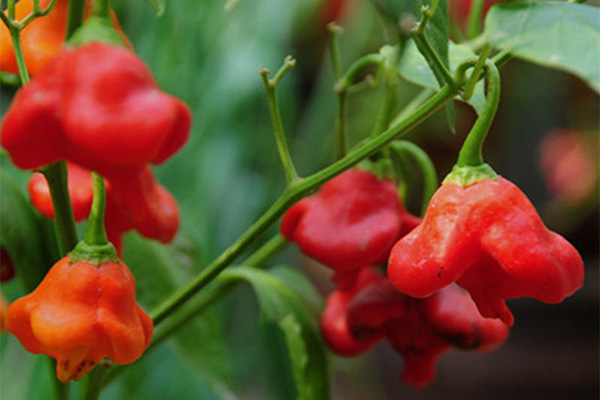
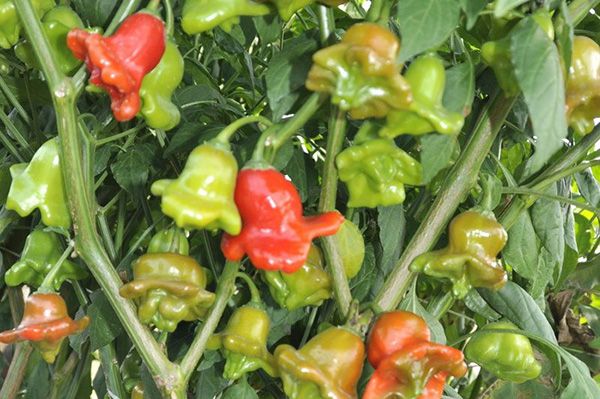
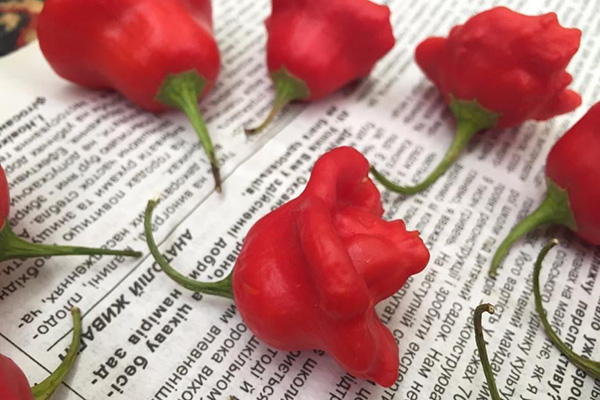


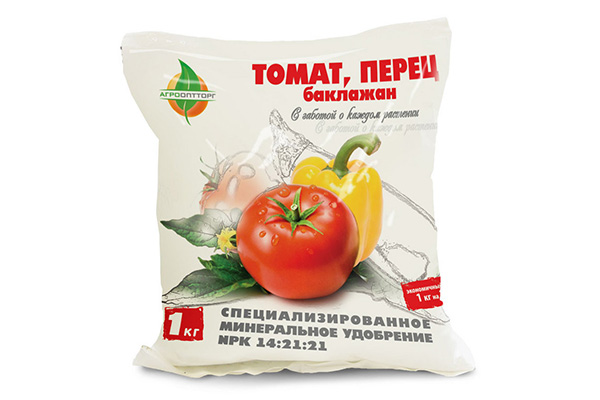

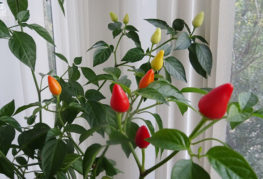
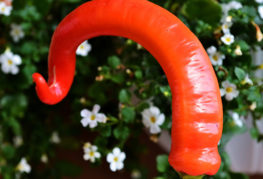

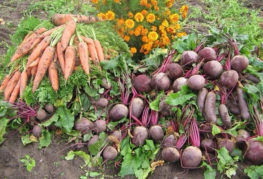
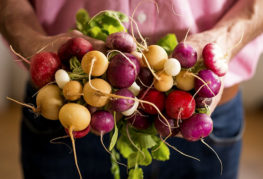
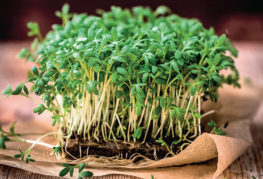
and will be published shortly.